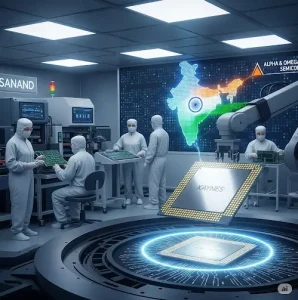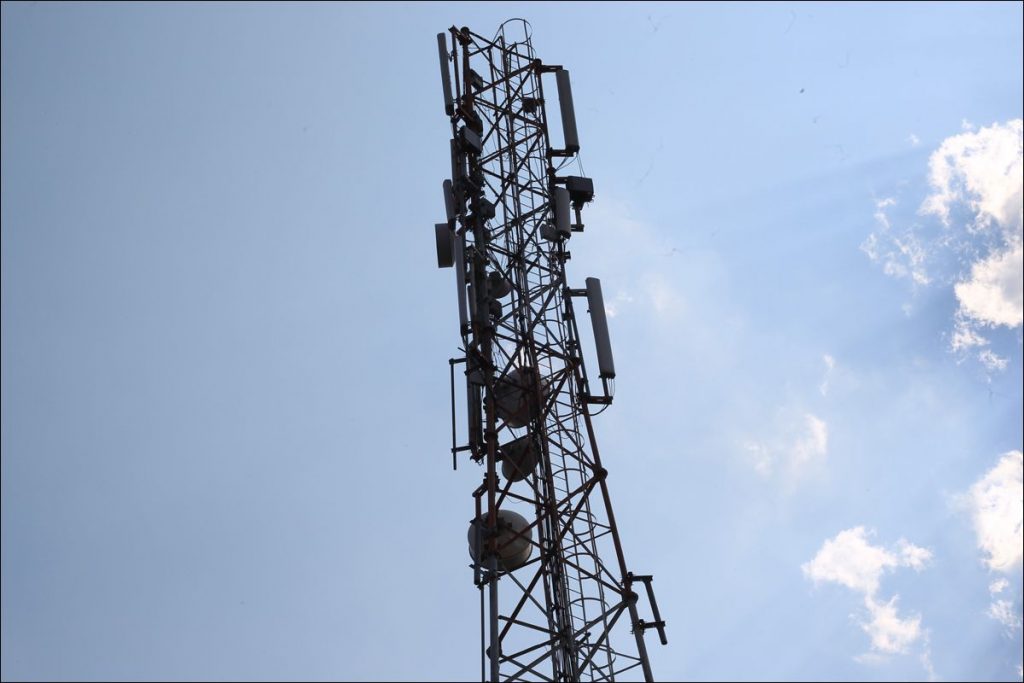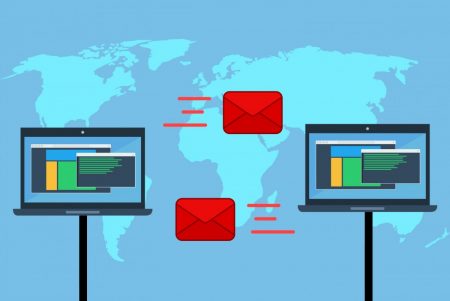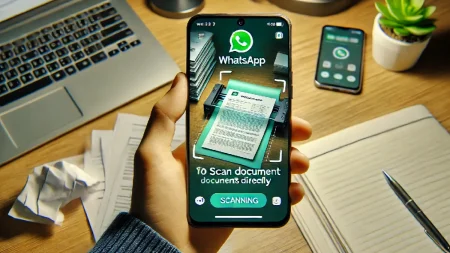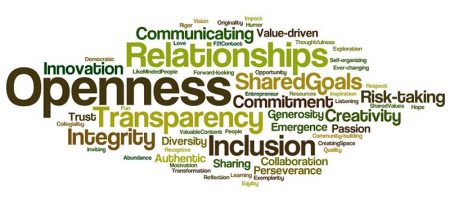Nithya Selvaraj goes through the history of telcos, their impact on society and its natural evolution to 5g technology
On March 7, 1876, inventor, scientist, and engineer Alexander Graham Bell patented the first practical telephone and secured official rights to the discovery; days later, he made the first phone call to his partner, Thomas Watson.
This year, 2022, will mark the completion of 146 years since one of the greatest inventions.
The telecommunications industry has evolved and grown since then, from hunky landline handsets to the new-age smartphones. The landscape has changed for the telecom industry with the rapid growth of technologies and the ever-changing business models of technology companies.
Coming to the hot wave in the industry: 5G or the 5th Generation Cellular Network – the recent buzzword connected with phrases like faster speed, lower latency, etc.
5G in India
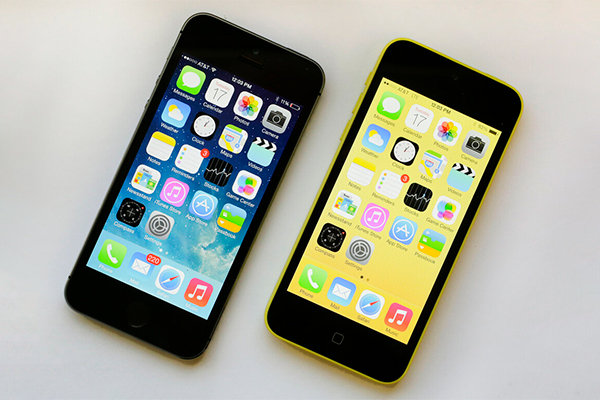
A leading consulting firm has estimated that India will have around 612 million 5G connections by 2030.
India’s Finance Minister, Nirmala Sitharaman, during her Budget 2022 speech, excited the citizens with the news that 5G auctions will be held by 2022 to facilitate the rollout by 2023 in India, with 13 cities expected to leverage 5G from its commencement.
In one of the recent 5G trials held by Reliance Jio, results proved that the speed of 5G was 8 times more than the download speed, whereas the upload speed was 15 times faster than 4G. But beyond that, the key factor which would serve the industry sectors are the interconnection of devices (IoT) using the underlying Massive MIMO technology. Many of the manufacturing/industry use cases suffered from this limitation all along.
What does this mean for Telecom Service Providers?

How does high speed, low latency and increased device connections help them grow in terms of revenue?
Gone are the days when telcos were just voice and data providers. The advent of 4G had left a lasting remark on telcos and their business models. Being a mere pipeline to pass data and connectivity has allowed other OTT players, cloud players, content-focused businesses to reap the benefits. The lightning speed, 10 times lower latency in 5G will allow IoT to play its part with no roadblocks. The machines and devices can communicate in real-time using sensors. This gives rise to the real-time data in which AI/ML will play a major role.
But the real question is, how far Telco companies can take leverage of these and convert them to revenue levers.
Way Forward for CSPs to Monetize 5G
Given that the debt liability of telcos post 4G is still a pain point, it is time they evolve their business model into digital solutions focused on customers. It is challenging for telcos to see a rise in value and money by sticking to just connectivity. The telecoms cloud, especially the edge-based offerings, will be a game-changer in deciding the position of telcos. The enterprises will be requiring both the telecom and technology companies for their network choices and architectures.
“Partnership” will be the key mantra to Telco Service Providers going forward and have a win-win situation creating new sources of revenue. Partnering with specific industry verticals with 5G use cases and delivering services tailored to the industry needs can be a brilliant way to monetize 5G. Taking part in the larger enterprise ecosystem by providing solutions while anticipating the customer needs and taking leverage of the data in hand can be a lifesaver for telcos.
In case you missed:
- None Found
